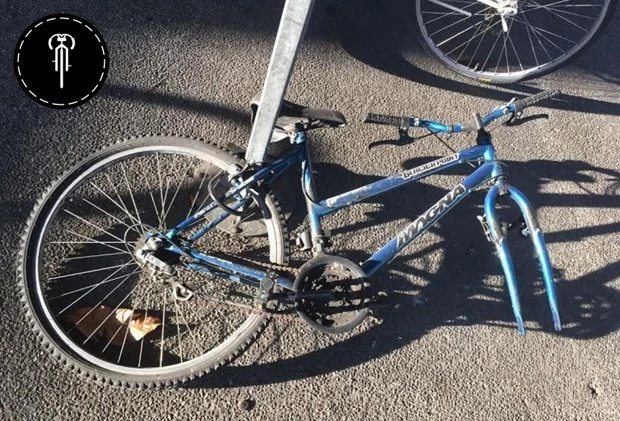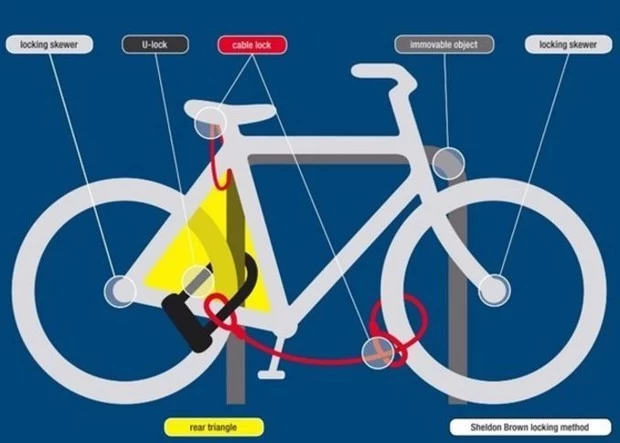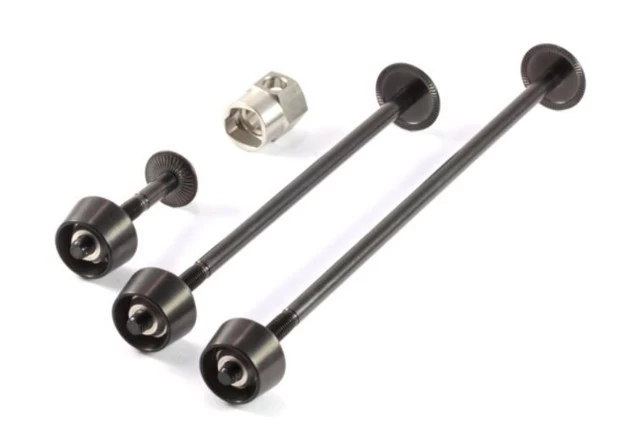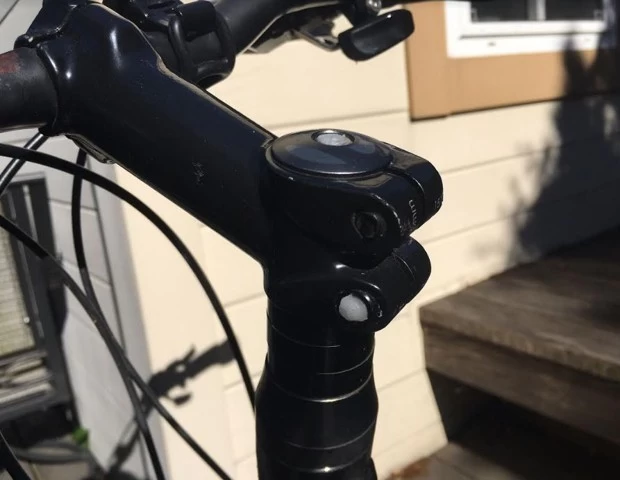Specifications
Model Number : PV-SC-001
Type: Bike parking and storage
Color:Yellow,Black,Green,Red,or Customized.
Style : both indoors and outside
Material : carbon steel
Loading: According to customer need
Size :195*23.2*75cm,200.55*23.2*75cm,or Customized.
Finish: hot-galvanized
Specifications
Model Number : PV-0081-01
Type: Bike parking and storage
Color:silver
Style : both indoors and outside
Material : carbon steel
Loading: According to customer need
Size :Height 1463mm, Depth 1114mm
Finish: hot-galvanized
Model Number : PV-0081-01
Type: Bike parking and storage
Color:Black
Style : both indoors and outside
Material : carbon steel
Loading: 2-10 bikes (According to customer need)
Size :Height 1463mm, Depth 1114mm
Finish: hot-galvanized
Model No.: PV-H1
Size: w605*D400*H330mm
Specification: Round tube:¢16*1.2mm
Finish: Power coated
Net Weight: 1.6 kgs
Packing size:6pcs/ctn
MOQ: 100pcs
Model Number : PV-0024-01
Material : carbon steel/stainless steel
Loading: according customer space size,we can design according the size
Size : W1977*D1130(depend on your parking space)*H2500mm
Finish: Powder coated ,hot-galvanized/electric polish
Packing size :2000*2000*2500mm(40 parking space )
Powder coated ,hot-galvanized/electric polish
Product number:PV-0046-01
Material:carbon steel
Specification:10.2*59*28CM or Customized.
MOQ:100PCS
Port:Shanghai
Trademark:PV
Model Number : PV-0081-01
Type: Outdoor Bike Parking Rack
Style : both indoors and outside
Material : carbon steel
Loading: 2-10 bikes (According to customer need)
Size :170.5*116*148CM
Finish: hot-galvanized
Model Number : PV-0055-01
Type: compact flat pack /slot
Color:black / silver /yellow/optional
Style :Outdoor/indoor
Material : carbon steel/ stainless steel
Capacity : park 6 bikes
Size : L1400*W1054*H840mm
Net weight :38KG
Finish: powder coating / hot galvanized /elctropolishing
Packing size :1490*860*160mm 1pcs/ctn
Product Name: Multi-Capacity Horizontal Two Tier Bike Parking Rack
Material: Carbon Steel
Finish: Powder coated
Post: 80mm * 80mm thickness: 3mm
Steel plate: thickness: 2mm
Dimension: 1325*1890*1830mm
Weight: 370 kg/set
Model: PV-0067-01
Material: stainless steel 304
Pipe: 50 mm* 2.5 mm
Size: 900*700 mm(L*W)
Surface treatment: polishing
Cain Ramirez was making his way through San Jose a while back when he came upon a curious sight: a bicycle fixed high up on a chain-link fence, suggesting the owner had locked it on the sidewalk right before a California fault line suddenly shifted to raise it out of reach.

“It was suspended five feet in the air as if [the owner] hopped on a chair, locked it up, and walked off,” says Ramirez, cofounder of San Jose’s Cowgirl Bike Courier. “I just stood there looking at it for a few minutes. I was like, You know, it’s not a particularly great bike, but that is a great deal of dedication. I got to take my hat off to that.”
Bike theft remains an enduring problem across the U.S. with the FBI recognizing 210,905 cases in 2014—a number that is undoubtedly low, given that many victims don’t report this type of crime.
The Bay Area is no different from other major urban areas in that it’s besieged by bike bandits, chop shops, and sometimes even the occasional pirate “warehouse” concealing hundreds of ripped-off cycles. The local news has reported that a bike goes missing every three hours in San Francisco; in San Jose, a recent rash of impressively executed bike thefts has left some wondering if a gang of professionals is preying on the city. Downtown San Jose saw more than seven thefts in a single week this May. “The thieves never leave the locks,” Cain says, “so you can’t tell if they’re freezing them, angle-grinding them, or pressuring them out with some kind of lever.”
You could invest a dump truck of cash in anti-theft systems and, short of having your bike defended by soldiers wielding missile batteries, a determined crook can still make off with it in relatively little time. There’s nothing you can do to totally thief-proof a bike. However, there are things—sometimes even inexpensive, small steps—that make theft much less likely. Three seasoned Bay Area bike pros offered CityLab their thoughts on buttressing bike security.
1.Choose the right place to lock

The best place to keep your bike is inside your home. That means somewhere that’s inaccessible and invisible to prowlers and not, say, a so-called “secure garage” that thieves can penetrate by following others in through a locked door. Just look how happy this man is that somebody left their brand-new bike in a garage:
Balconies can also be dicey. If we’re talking about the 13th-floor balcony, you’re probably safe, but terraces close to the ground offer low-hanging fruit to thieves. “It doesn’t take much—a ladder or somebody who can climb well—for them to hop up there,” says Greg Archer of the Oakland bike shop Archer Bicycle. “And they’re not worried about whether the bike gets damaged when they steal it. They’re going to throw it off the balcony and come back down.”

When out and about, Oakland bike advocate Francisco Grajales always tries to use BikeLink, a national service that operates stainless-steel lockers around transit hubs and other cyclist-friendly locations. The amenity is extremely cheap, renting lockers for 5 cents an hour, and offers nice protection in the form of cages resembling those that wall off divers from sharks. “I’m willing to walk a half-mile or something to my destination from the BikeLink just for that added security,” says Grajales.
The next-best option for locking is bike racks, which are weighty and often subject to surveillance, and then street signs, poles, and the like. Always give these objects a strong upward jerk to make sure they’re bolted into the ground, and never lock to one with no sign at the top, as a thief can just lift the bike over the pole and ride off. (Also don’t block the sidewalk, lest the city have the bike removed.) Trees are another option for locking, though some might argue that doing so harms the bark. And though a wood saw isn’t a common item in most thieves’ toolbox, it’s not unheard of for a bike to fall prey to a criminal lumberjack.
Also, treat your bike like Cinderella and never let it stay out all night. “Thieves take the opportunity to come out at 4 a.m. when nobody’s around, and they can take their time cutting things,” says Archer.
2.Pick the best lock
Stay away from cable locks, as most can be snipped with garden shears. U-locks offer better, though not impenetrable, armor. “Battery-powered angle grinders have gotten so good and inexpensive that those are a pretty viable option” for thieves, says Grajales. “You can just angle-grind through a solid U-lock in under a minute.” For that reason, some might choose to use two U-locks, one securing the back and the other the front. Thieves want to get in and out as fast as possible, and the burden of cutting an extra lock adds to the risk of being apprehended.
When I had my bike stolen in Oakland a couple years ago after somebody twisted off the U-lock like a wet pretzel, a Kryptonite representative suggested I try a smaller U-lock that doesn’t accommodate pry bars. Hilariously, these mini U-locks with less metal are often more expensive than the larger ones, but so far I’ve had no issues with my Kryptonite Evolution Mini-5. There’s also a prototype called the Skunklock that, when tampered with, sprays chemicals “so disgusting they induce vomit in the majority of cases,” according to its makers. For the well-being of the community, Grajales doesn’t recommend using this one.
“Don’t just lock the frame, because anybody with a tool can take both wheels in under a minute.”
“If you live somewhere and you see there’s a bike just gathering dust on an abandoned property, you can report and it will be removed by the city and donated to community nonprofits,” he says. “If it’s municipal workers trying to provide service to the city, and they get sprayed with nasty chemicals, that’s no good.”

Whatever lock you choose—heavy-duty chains and U-locks being best—make sure you know how deploy it. “The lock is your first line of defense, but you have to use it intelligently or it doesn’t help you,” says Archer. “Don’t just lock the frame, because anybody with a tool can take both wheels in under a minute.”
“My all-time favorite is watching people lock up their front wheel on a rack,” says Ramirez. “I feel enraged, because it’s like if you’re just locking the front wheel and not even the frame, myself looking at it with no tools could either walk off with it or have this bike entirely stripped in about 30 seconds.”
Many people swear by the Sheldon Brown method, in which you typically use a small U-lock to secure the rear wheel to an immovable object through the rear triangle (illustrated below). This technique might seem vulnerable at first, as somebody could hacksaw through the wheel to remove the bike. But in reality that almost never happens—the officer running the San Francisco Police Department’s bike-theft Twitter says he’s never heard such a report—probably because it’s inconvenient and damages the rear wheel, one of the most valuable parts on a bike. If you do use this method, make sure to add a cable lock around the front wheel or secure it with a locking skewer, which I’ll discuss in a minute.
3.Protect your parts
If something’s not riveted to your bike, expect it to disappear, whether it be a nice wheel or a $2 strap-on rubber headlight. “Years ago I rode my bike to the movie theater and came back and noticed my chain was broken. I was like, OK, that’s interesting, looks like everything is here,” says Ramirez. “Then I go to reassemble the chain and realize somebody actually took the time just to steal my rear derailleur. It’s like a $20 derailleur and I'm just standing there looking at it like, Well, I can't ride home, thanks a lot.”
Most parts on a bike can be removed with a screwdriver or Allen wrench, unless they’re quick-release and can be stolen with absolutely no effort at all. A good way to protect the wheels and seat post is to ditch regular screws and bolts for locking skewers—rods with complicated bolts-heads that require a special key to remove. Varieties sold by Pinhead and Germany’s Pitlock fall in the $60-and-upward range, but provide some peace of mind and obviate the need to lock certain parts, like the front wheel.
You can also make low-tech alterations to your bolts to give a significant security boost. Try adding ball bearings into the heads of your Allen screws and covering them with hot wax, or filling the holes in with silicon glue so a thief has to scratch it out to unscrew the bolt. “You’ve slowed them down and made it more annoying to steal your stuff,” says Archer. “That’s the whole thing about security: You want to make your stuff irritating to steal, so they don’t bother.”
4.What to do if it does get stolen
Many police departments let you register a bike for easier recovery in the event it gets ganked. Archer sings the praises of Bike Index, too, a service that has cataloged the owner-submitted serial numbers and photos of roughly 116,000 cycles worldwide. “I’ve recovered two so far with that,” he says. “If more people registered, when bikes came into my shop that I could tell were not legally obtained, I could return them to their owners, which would be really cool.”
Archer also firmly subscribes to a method that is “super low tech,” “takes nothing to do,” and that he “tells people to do all the time but nobody ever does.” That’s to take a piece of sturdy paper, write your name, email, and phone number on it, and stash it somewhere in the bike—like the handlebars, seat post, or inside the tire. Just make sure when you do stash a message in your bike’s tires, you cover it with tape and round up the corners so it doesn’t poke into the tube. “Inside the tires is a horrible place to live,” Archer says. “It’s grungy, it gets wet, nothing wants to live in there.”
“If you see [the bike] rolling down the street, or if you see it at a flea market, you can say, ‘Hey, that’s my bike!’” Archer adds. “Or if it shows up in a shop and the mechanic discovers it changing a tire or whatever—a little piece of paper falls out saying, This is my name and number, you can ask the person, ‘What’s your name?’ And if it doesn’t match the card, give them a call. You've got a recovered bike for somebody right there.”